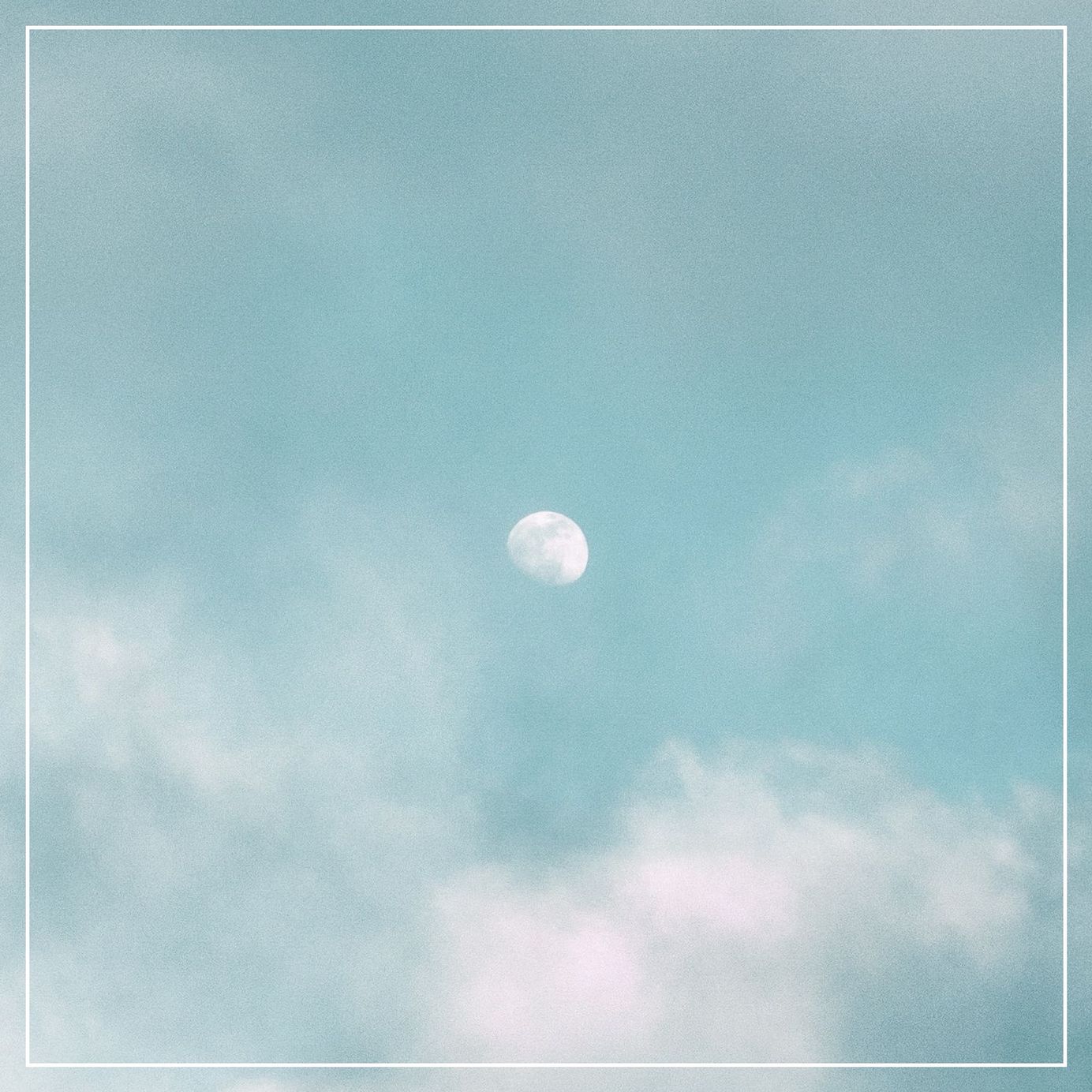
September Skies
The Moon is one day past full, so rises about an hour after sunset. Neptune is 1.4 degrees north, which is an occultation for the extreme south (Antarctica).
August 21, 2023
On the 4th, Jupiter is 3 degrees west of the Moon in the eastern evening sky, and Uranus is just 1.2 degrees south. Plus, a day later, the Moon is among the stars of the Seven Sisters (the Pleiades, M45).On the evening of the 9th, Pollux is 1.5 degrees north. The Moon is new on the 14th and, on the 16th, Mars is less that a degree south--another occultation--this one would be visible in all of North America, but it occurs during daylight. Later in the evening, find a clear western horizon and use binoculars or a telescope to see the ruddy Mars next to the Moon. On the 21st, Antares is occulted in the Eastern Hemisphere, less that a degree away from the first-quarter Moon for western viewers. By the 26th, Saturn is just 3 degrees north of the waxing gibbous Moon in the southern sky. Just before full Moon on the 29th, Neptune is once again occulted for the extreme south.
Mercury is at inferior conjunction on September 6, reappearing in mid-month for the best apparition for northern viewers. The speedy planet reaches its greatest elongation west in the early eastern sky on the 18th, with Venus just to the northwest. Regulus in Leo, The Lion, is in between the two planets on that day.
Venus is stationary on the 2nd, meaning it stops prograde motion (eastward) then slowly appears to move westward. Don't forget that it's an illusion resulting from Earth's motion combined with the speedier Venus. The Moon is in the same part of the sky on the 11th.
Mars is increasingly difficult to find in the western evening sky. On the 16th, as noted above, during daylight, the Moon occults the Red Planet. A telescope is required to take in the event..
Jupiter is stationary on the 4th, beginning retrograde motion, which keeps the giant planet in the sky for most of the night - a good viewing opportunity during September. On that night, Jupiter is 3 degrees southwest of the waning gibbous Moon, with Uranus just south of the Moon.
Saturn rises in the early evening amid the stars of Aquarius, providing good view all through the night. If you have access to a telescope, now is the time to get out under the stars and take in the sights. Saturn and its rings, framed against the blackness of space, is an awesome sight.
Uranus on September 4 is joined by the Moon and Jupiter in the evening sky, rising about 10 p.m. local time. This planet is also retrograding among the stars of Aries.
Neptune is at opposition on the 19th. It's 4 light-hours from Earth, among the stars of Pisces.
The zodiacal light is visible before eastern morning twilight for the first two weeks of the month.
The autumnal equinox occurs in the very early morning of September 23.
Last Mountain Times Newsletter
Join the newsletter to receive the latest updates in your inbox.



